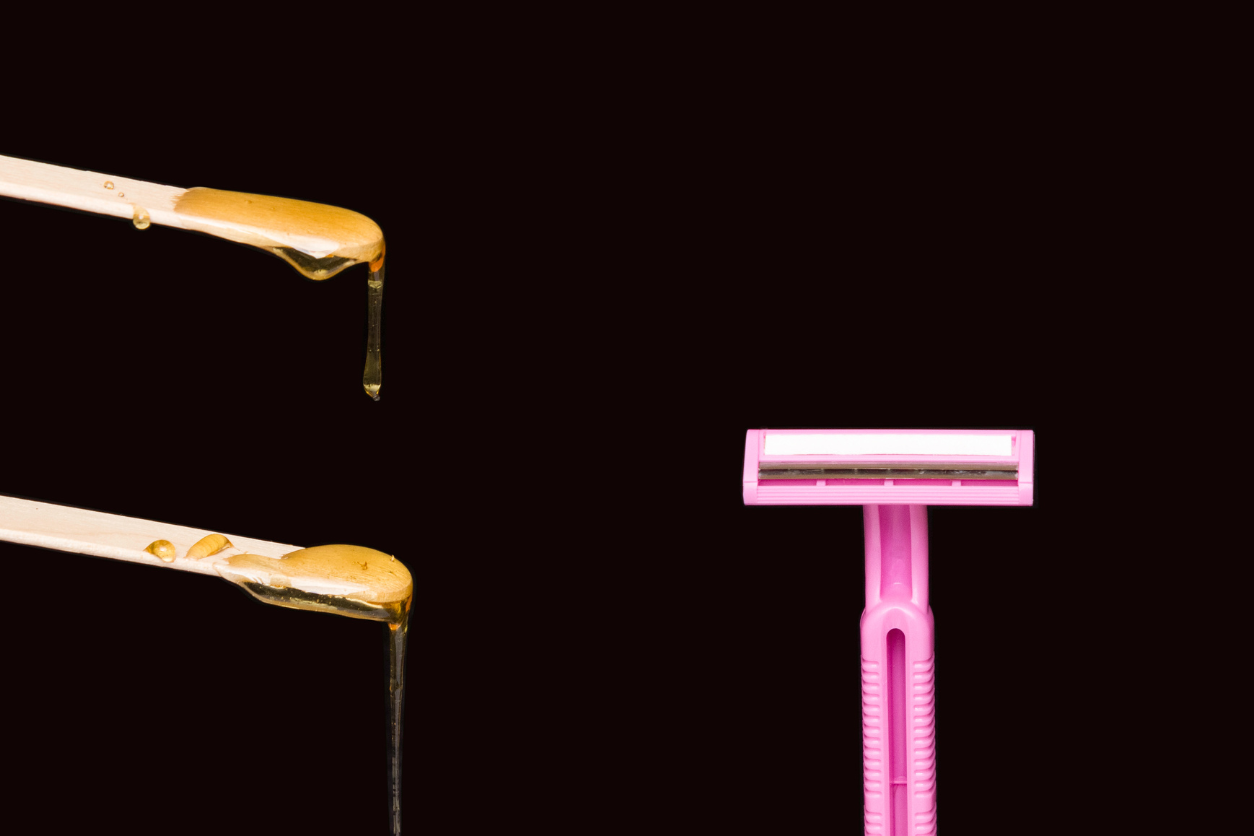Waxing vs Shaving: Which Is Healthier for Your Skin?

Waxing and shaving are two popular hair removal methods, but which is healthier for your skin? Beyond hair removal effectiveness, understanding their impact on your skin’s health is crucial.
And in this short article, we’ll compare waxing and shaving, exploring their effects on the skin, potential risks, and tips for maintaining healthy skin regardless of your chosen method. From the temporary discomfort of waxing to the risk of razor burn from shaving, we’ll weigh the pros and cons of each method. Whether you prefer longer-lasting smoothness or a quick, painless shave, finding the right balance for your skin’s well-being is key.
Waxing: How It Works and Its Impact on the Skin
Waxing involves the application of warm or cold wax on the skin, followed by a quick removal to uproot the hair from its follicles. The process provides longer-lasting results than shaving, as hair takes more time to regrow from the root of the hair after waxing. Unfortunately, the process of waxing can be uncomfortable and even painful. The repeated pulling of the skin during the waxing process can also cause temporary redness, inflammation, and irritation.
On the positive side, waxing can exfoliate the skin by removing dead skin cells, leaving the skin smoother and softer. And since you remove the hair from the root, the regrowth may lessen over time than after shaving.
Shaving: How It Works and Its Impact on the Skin
Shaving involves the use of a razor to cut hair at the skin’s surface using things like shaving cream or gel to reduce irritation. This method is quick and relatively painless, making it a convenient choice for many. But shaving only removes hair from the surface, leaving the hair follicles intact. As a result, hair regrows relatively quickly, and frequent shaving is often necessary to maintain smooth skin.
One common concern with shaving is the potential for razor burns, nicks, and cuts. Improper shaving techniques or using dull razors can also cause irritation and redness on the skin. The repeated friction of the razor on the skin’s surface can even lead to dryness and increased sensitivity, especially for individuals with naturally dry or sensitive skin.
Which Is Healthier for Your Skin?
The answer to whether waxing or shaving is healthier for your skin depends on various factors, including your skin type, hair growth rate, and personal preferences.
Waxing may be healthier for the skin in terms of exfoliation and the avoidance of daily irritation caused by shaving. Of course, waxing can cause temporary inflammation and redness, particularly for individuals with sensitive skin. That’s why it’s essential to follow proper aftercare procedures, such as applying soothing lotions and avoiding exposure to sun or heat, to minimize post-waxing irritation. It’s also highly recommended to get waxing done professionally.
Shaving, on the other hand, can be a gentler option for those with sensitive skin, as it doesn’t involve pulling or tugging on the skin. But frequent shaving can lead to more regular irritation, especially if proper shaving techniques and quality shaving products are not used. As long as you maintain a regular shaving routine and use sharp, clean razors, you can help reduce the risk of irritation and maintain healthier skin.
In Conclusion
The choice between waxing and shaving depends on individual preferences, hair regrowth rates, and skin sensitivity. Both methods have their pros and cons, and what may be suitable for one person may not be the best option for another. Just be sure to prioritize proper skincare, regardless of your hair removal method, and choose products and techniques that work best for your unique skin type and needs. With the right approach, you can achieve healthy and smooth skin, making you feel confident and comfortable in your own skin.